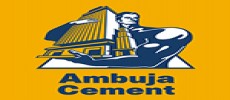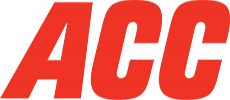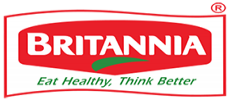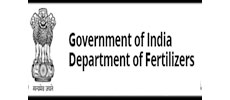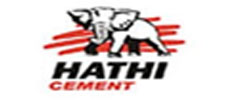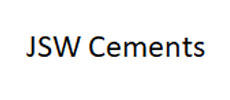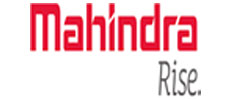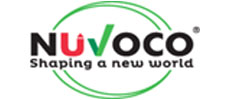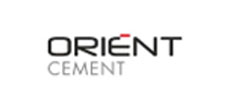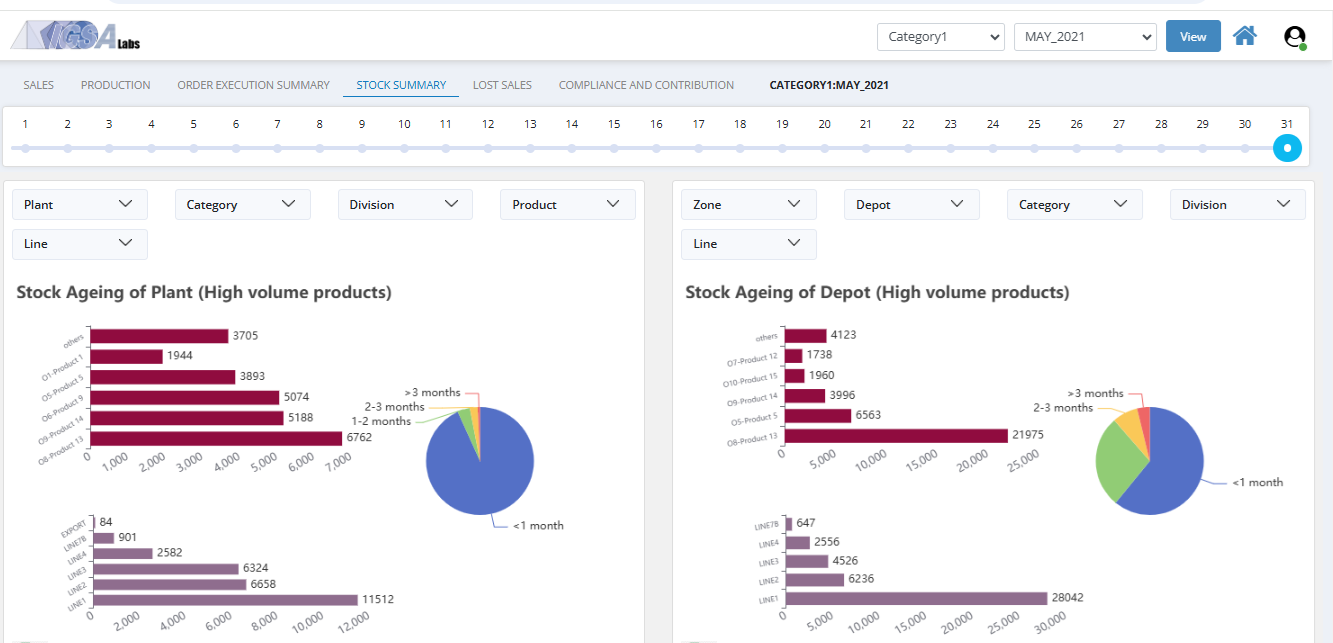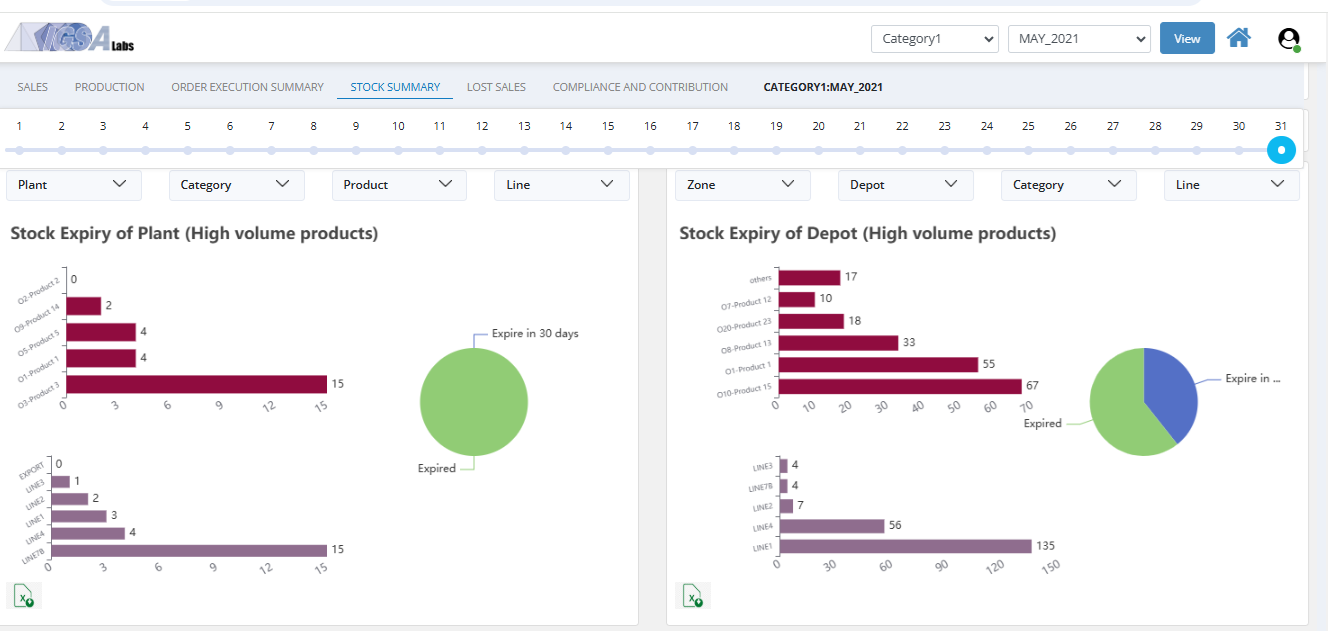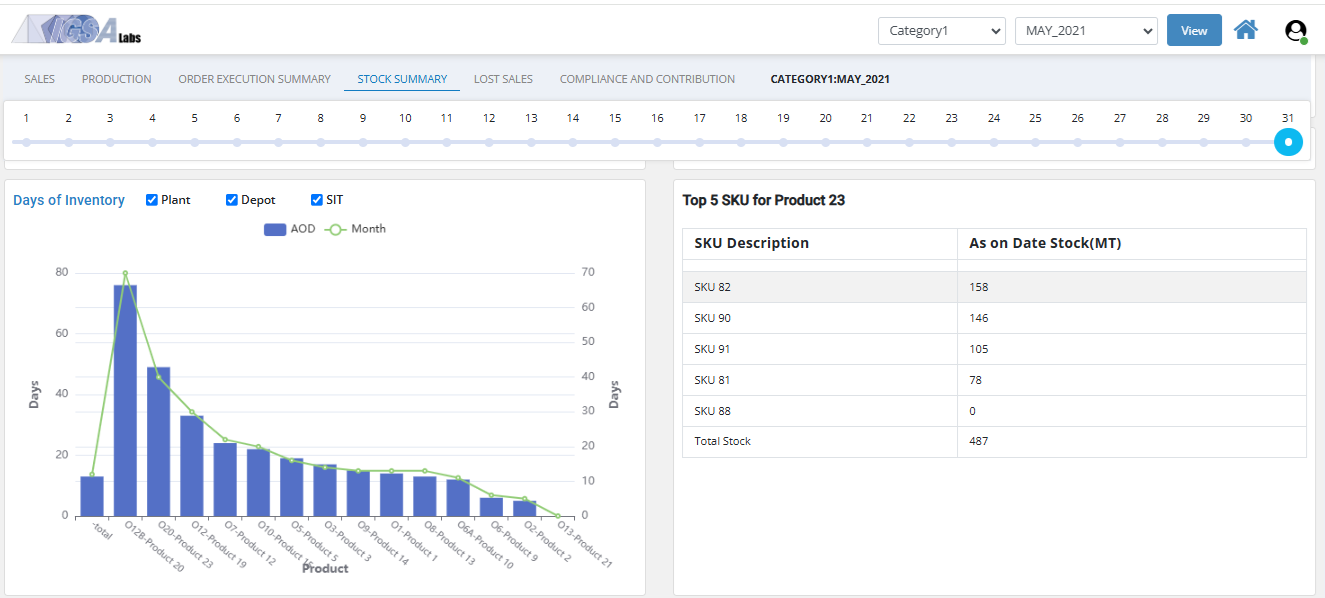What It Does:
-
Decide optimal norms for order size, review period, reorder points, target stocks levels, and safety stocks for various classes of products/SKUs/raw materials at every warehouse/storage location, and generate orders according to continuous replenishment or periodic replenishment norms
-
Rationalize optimal orders based on practical constraints such as vehicle loadability and limited availability of products/SKUs/raw materials
-
Meet desired customer service levels for various products/SKUs/raw materials while keeping inventory levels and transportation costs low
-
Minimize stockouts as well as excess stocks considering different priorities for different classes of products such as high value and low value, fast moving-stable demand and slow moving-variable demand, short- and long- shelf life
-
Validate input data and resolve infeasibilities
-
Report performance metrics such as customer service level (order fill rate, OTIF, stockout and lost sales), inventory levels and cost, transportation cost vehicle utilization, deviations from inventory norms
-
Align sales, logistics, production and procurement teams with common business objectives and facilitate inter-functional collaboration
Analytical Models and Techniques
-
Statistical and simulation models
-
Algorithms for ‘what-if’ scenario analysis
Tools and Technologies
-
Statistical and simulation models with Python
-
Input data interface with Java
-
Dashboards for reports and collaborative platform with Power BI and Java
Case Studies
Our Clients
